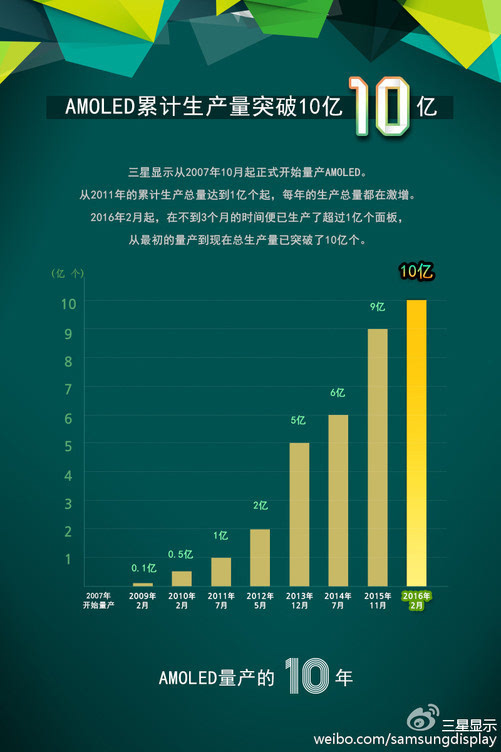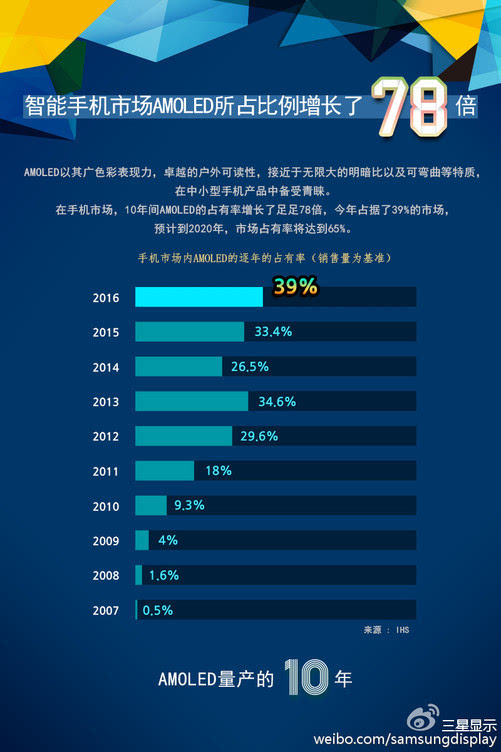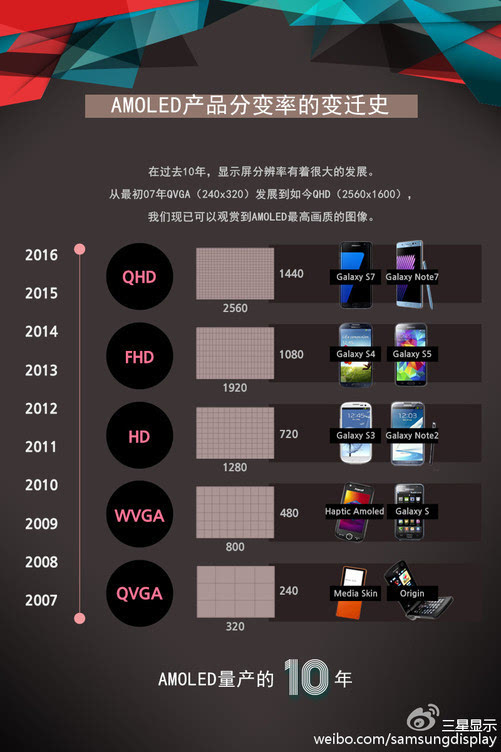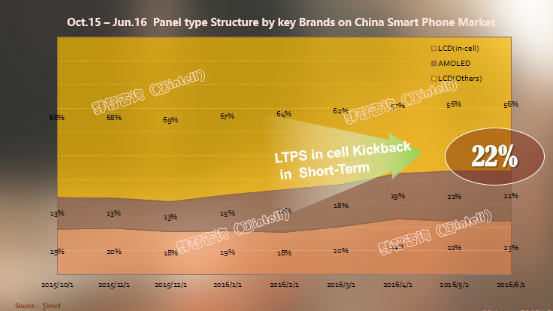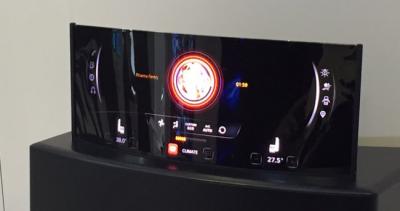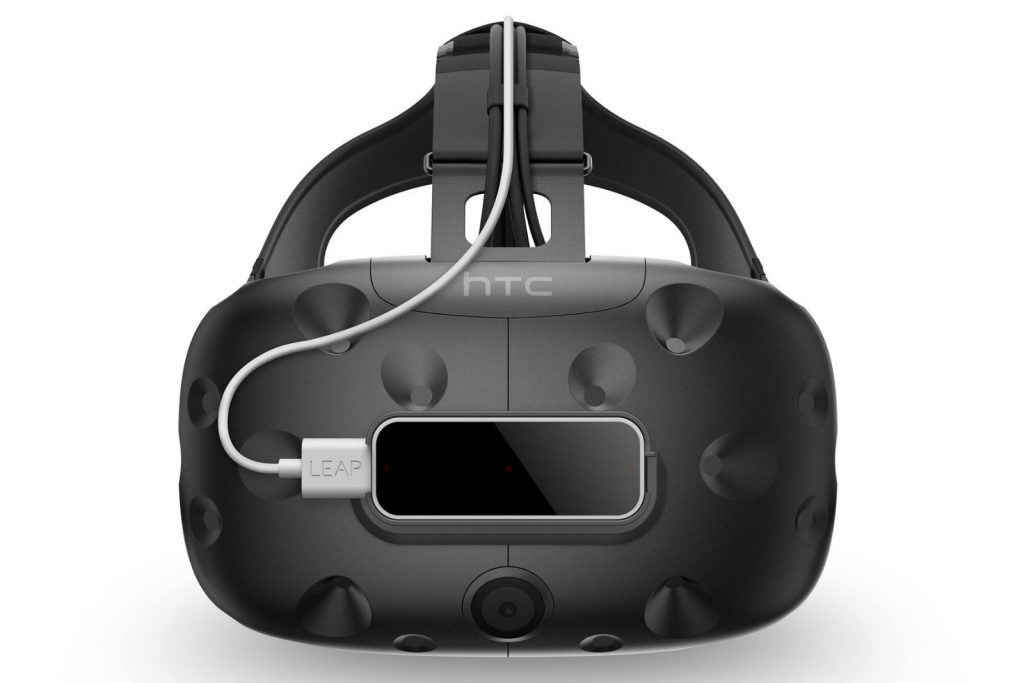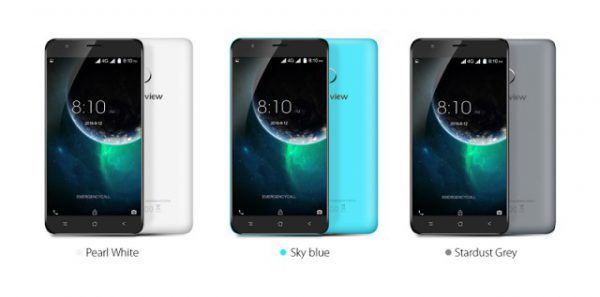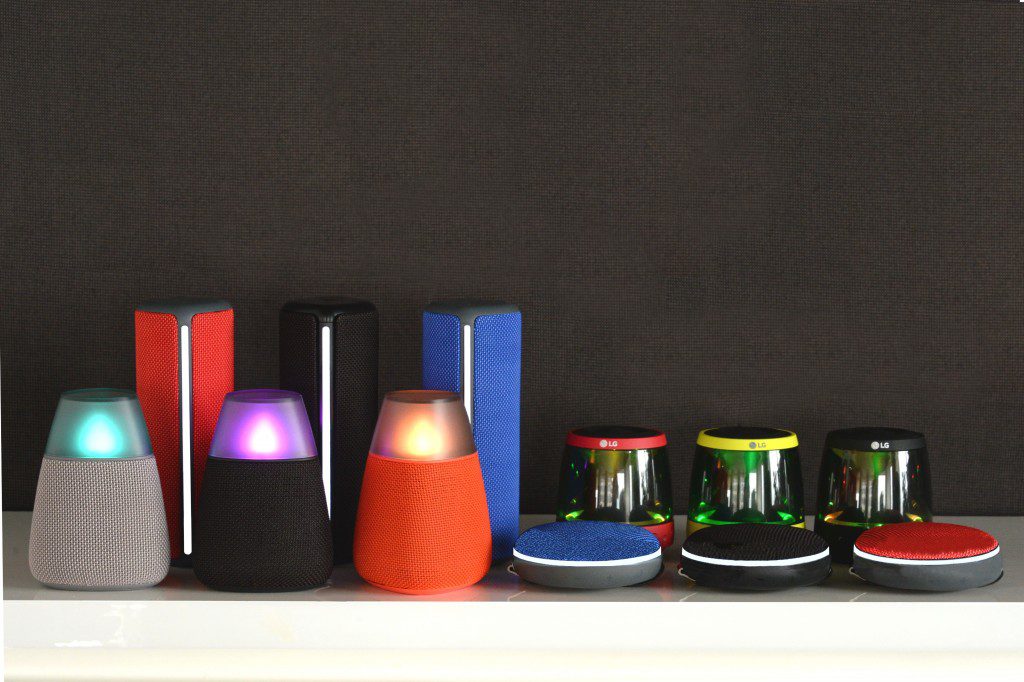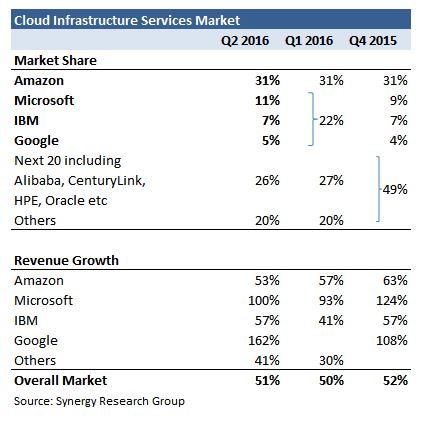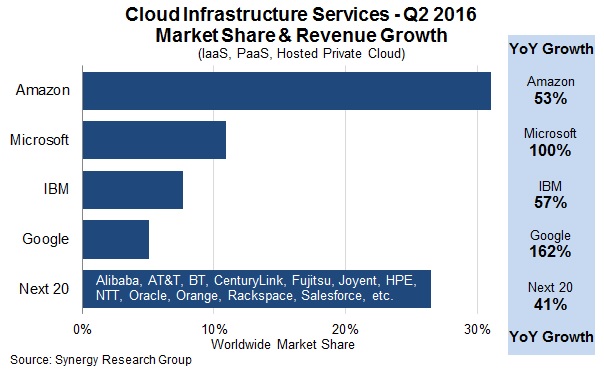
8-25: TSMC 28nm utilization rate might go down in 4Q16 because of Intel; OPPO introduce JDI as another supplier, generating OPPO R9km; etc.
|
Chipset |
| According to Digitimes, a pull-in of orders for smartphone-related chips has heated up and filled TSMC’s 28nm process capacity with utilization rate reaching 110% in 3Q16. Ye, orders for baseband chips from Intel are slowing down, which will likely drag down the foundry’s 28nm utilization rate in 4Q16. (Digitimes, press, Hexun) |
| Qualcomm will manage to extend its lead in the smartphone applications processor market in 2H16 thanks to its competitive high-end and mid-range solutions, according to Digitimes Research. They are all built using Samsung’s 14nm process. MediaTek will gradually phase out 20nm solutions in favor of 16nm. 28nm chips will remain Spreadtrum’s major product line until 2017. (Digitimes, press, EE Focus) |
| According to Digitimes, prices for handset peripheral chips, include power management ICs, radio-frequency (RF) chips, modem chips, power amplifiers, wireless connectivity chips, touchscreen controllers, LCD driver ICs and fingerprint sensors, and other necessary analog chips, have started to fall, squeezing further profits generated from phones. (Digitimes, press, OfWeek) |
|
Touch Display |
| OPPO VP Wu Qiang indicates that as OPPO R9 demand is high, some components cannot match up, thus they have decided to introduce JDI as another display supplier. They will name the JDI version as R9km, with its thickness 0.35mm more than the original version, i.e., 6.95mm. (My Drivers, Sohu, Toutiao, CN Beta) |
| Samsung Display announced that till Feb. 2016, Samsung AMOLED display accumulative production has reached 1 billion units. (Sohu, EEPW, China FPD) |
| BOE announced its flexible panel product will be launched in 2017. Its Chengdu 6G fab for AMOLED production is expected to start production in 2017. (OfWeek, EEPW, Hexun) |
| According to ∑intell, 1H16 penetration of smartphone using LTPS (in-cell) panel has increased from 18% in Dec. 2015to 23% in Jun. 2016. For 2H16 and 2017, there will be more 6G LTPS production line operating, thus the resource is sufficient, and technology is maturing. BOE and Tianma both have started mass producing FHD in-cell product. (OLEDw, FPDisplay, CSIA, SEMI, 51Touch) |
| LG Display Automotive Sales and Marketing director Sanghyun Ahn revealed that its 12.3”FHD flexible OLED panels will only enter production in 2018. It is also developing larger 25” curved and freeform automotive OLEDs, which are planned for 2019. (OLED-Info, OLEDnet) |
|
Sensory |
| Leap Motion has pivoted its motion-tracking sensor, to be attached manually to an Oculus Rift / HTC Vive, and also developed a software “Interaction Engine” that promises a more realistic experience while interacting with the VR objects. (Leap Motion, Engadget, Tencent) |
|
Biometrics |
| Dongwoon Anatech has developed a technology that integrates a front camera module and a IR filter into a dimension of 1.14×0.74×0.3mm that can be actuated to act as an infrared filter when required for scanning the iris. Integrated module can reduce cost and it takes up lesser space within a smartphone. The manufacturing cost will be reduced by 30% when number of camera modules decreases from two to one. (Android Headlines, ET News) |
|
Connectivity |
| SerComm is expected to ship over 1.2 million small cells in 2016, making it the 3rd largest vendor globally, said Ben Lin, co-founder and CTO of SerComm. Gemtek said it will begin volume production of small cells in 2H16 although initial shipment volume will be limited. (Digitimes, press) |
| Google has announced that the Wi-Fi Assistant technology used as part of its Project Fi service to automatically and securely connect devices to free public Wi-Fi hotspots will be available to all Nexus device users, regardless of the cellular network they use for service. (CN Beta, CNET, Android Police, Android Central) |
|
Smartphones |
| Tencent and Samsung Electronics are racing to be crowned Asia’s most valuable company as expectations for robust earnings growth push their share prices to record highs. (Venture Beat, Fortune, CN Beta) |
| 1H16 Meitu revenue reached CNY585 million, with hardware revenue reached CNY557 million. According to the company financial report, from 2013, Meitu have been facing loss sequentially, with 1H16 loss reached CNY2.19 billion. (Sina, 163, East Money) |
| Blackview E7 is unveiled – 5.5” HD display, MediaTek MT6737 processor, 8MP + 2MP cameras, 1GB RAM, 16GB storage, Android 6.0, LTE, dual-SIM, 2700mAh battery, ~USD70. (GizChina, Blackview) |
|
Wearables |
| LeEco has hired 2 former Samsung VR executives Bradley Kania and Dustin Wish. Also, in end of Jul. 2016, Google has also hired former Samsung VR executive Matt Apfel. (TechNews, DoNews, Hexun) |
|
Internet of Things |
| LG unveiled a brand new series of portable Bluetooth speakers, including 4 models – PH1, PH2, PH3 and PH4 – each promising to “deliver the ideal audio solution” in any situation. (Phone Arena, LG, YeSky) |
| According to Synergy Research Group, Amazon Web Services (AWS), Microsoft, IBM and Google combined control well over half of the worldwide cloud infrastructure service market in 2Q16. (CN Beta, Cloud Computing, Synergy Research Group, press) |
